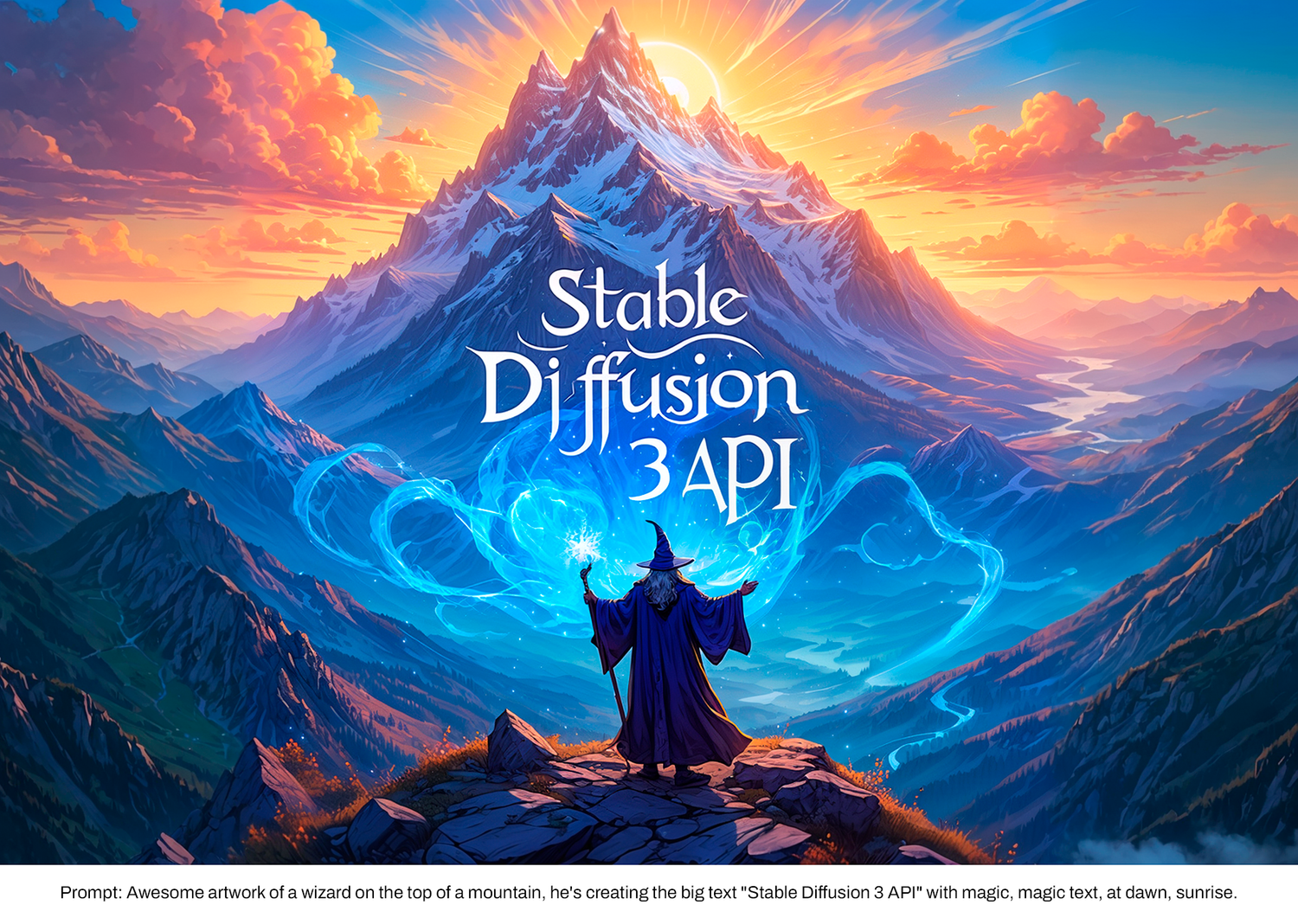Stability AI, the company behind the development of the Stable Diffusion generative network, published API for the next generation of the neural network, Stable Diffusion 3. The new version of the neural network was announced in February. The publication of the API means that there are only a few weeks left until the official release of the base model of the new generation.
The new version of Stable Diffusion is noticeably different from the previous one, which is now Stable Diffusion XL. Firstly, SD 3.0 will be paid for commercial use; monthly subscription starts at $20 for individual artists, illustrators and entrepreneurs; for large companies the price will be higher. According to the developers, in the new generation of neural networks they have finally learned to embed text labels and generate realistic objects, which indicates that the new neural network could initially be optimized for generating marketing materials.
Advertisement
The second difference is censorship. Stability AI’s materials pay a lot of attention to the “security” of the new model, which, according to the creators of the neural network, does not mean it is not at all impossible to create deepfakes or photorealistic images of murder weapons. Early leaks mentioned licensing mechanisms that would limit developers' legal ability to bypass built-in restrictions. Similar restrictions have already been introduced in the unsuccessful Stable Diffusion 2.0 model.
Finally, from a technical point of view, not one, but several basic models of different quality and resolution will be available. It is stated that the largest and highest-quality model with an output resolution of 1024×1024 will require 24 GB of video memory, and the lightest, with an output resolution of 512×512, is positioned as a replacement for SD 1.5 at a new quality level.
At the moment, it is too early to judge the capabilities of the new model. Let's wait for the official release of basic models and trained models from third-party developers, which usually appear one or two weeks after the release of the basic one.
